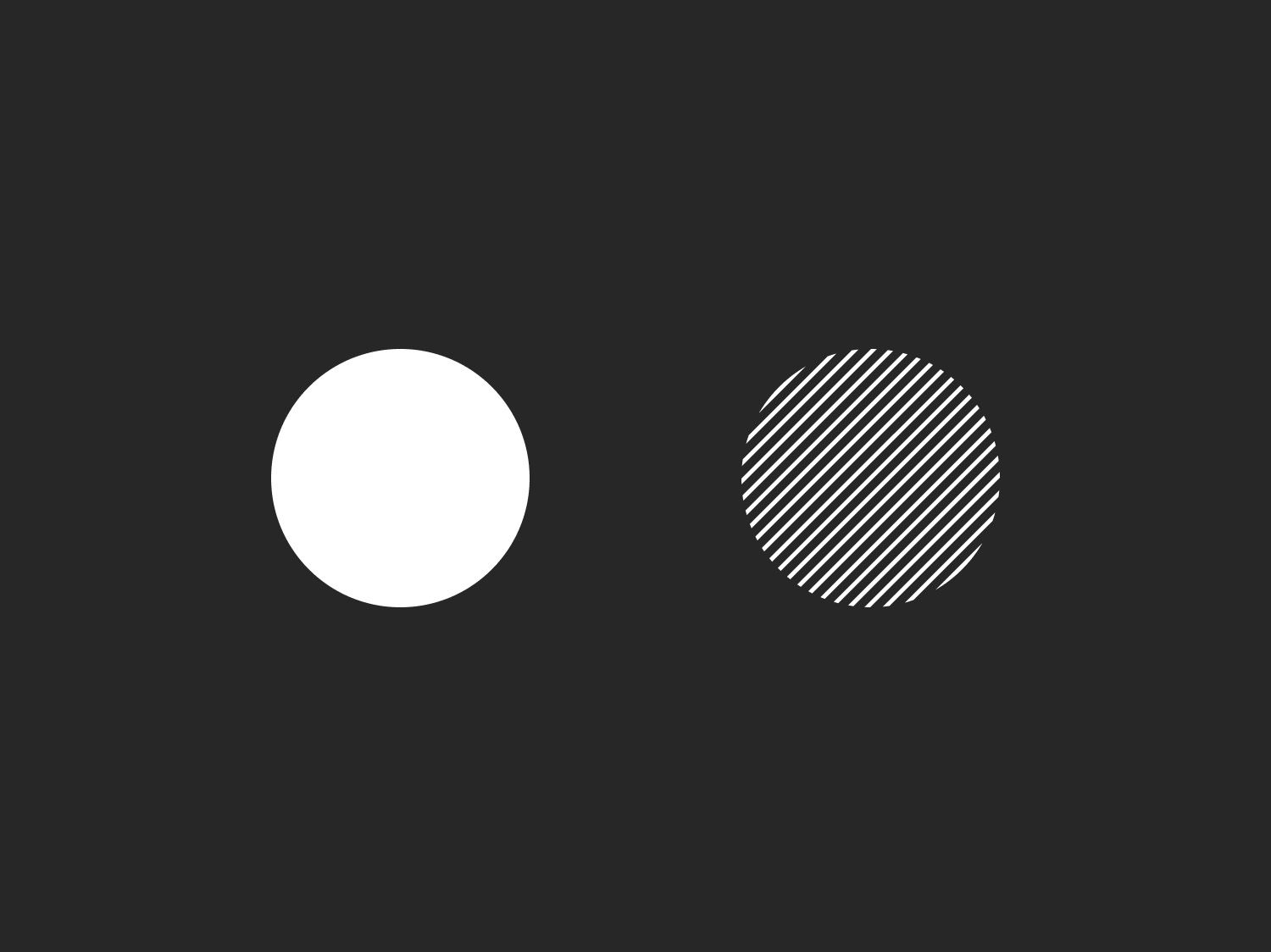One of the biggest design debates revolves around the principle that "less is more." Though often agreed upon, this phrase can sometimes be clarified-cut. It originated from mid-century architecture and was popularized in the late 1940s by modernist architects. Along with the Bauhaus movement, these architects believed that elegance came from simplicity rather than abundance. This minimalist approach reacted against the ornate styles of the 19th century, leading to the rational, functionalist architecture of the 20th century.
This concept is equally relevant to user experience and web/app design. Educational psychologists have noted that overloading our memory, also known as cognitive load, increases errors. Cognitive load refers to the total amount of mental effort being used in the working memory. So, less truly is more when interfaces require us to perform complex tasks. For example, navigating an online banking system or trying to renew your car registration on the DMV website benefits from a minimalist design – obviously, there is also a caveat that in complex domains, you can only simplify so much. When users face a cluttered interface filled with unnecessary elements, the cognitive load increases, leading to frustration and errors. In such scenarios, a streamlined, straightforward design helps users focus on completing their tasks efficiently.
However, there's also a place for complex, intricate design and Maximalism in user experience. For less complex tasks or those meant to be more engaging, adding visual interest and personality can enhance the user experience. For instance, a fashion website or a gaming app can benefit from a maximalist design that captures the user's attention and creates a unique experience. Yet, reducing unnecessary elements and lowering cognitive load improves usability for complicated tasks by leaving only what's essential to simplify interactions. It's about striking the right balance between form and function.
Another side to the argument: "less is more" versus "less is a bore." Two decades after the minimalist mantra, some critics coined the phrase "less is a bore" to critique minimalist and functionalist modernist architecture. They celebrated highly stylized and decorative designs from classical movements, advocating for personality and Maximalism. This approach emphasizes rich textures, bold colors, and intricate details, creating a visually stimulating and memorable experience.
In the early days of web design, there was a lot of personality and experimentation, such as skeuomorphism. Websites were full of vibrant colors, unique layouts, and creative animations. However, by the early 2000s, we started losing that diversity. Instead of using minimalism to lower cognitive load when necessary, we applied it everywhere. Open any website or mobile app from the past 5-10 years, and you'll see they almost all look identical. The bland era of user experience design is easy to replicate, requires little skill, and has limited personality. Swap out the logo on any of these minimalist websites, change some colors, and guess which company it is. Good luck! Mainly since most of these websites also use blue or some shade of blue as the dominant color.
The good news is that we can grab attention by being different when everything looks the same. That's where Maximalism comes in. It evokes sensations and emotions through loud color combinations, contrasting patterns, multiple font pairings, and unusual interaction models. It's the antidote to the sameness of minimalist design. By embracing Maximalism, designers can unleash their creativity and create unique, engaging experiences that stand out in a sea of uniformity.
If a design is challenging to use, it's neither maximalist nor minimalist—it just sucks. Maximalism isn't about cluttering the screen with elements for the sake of it. The design still needs a foundation and must function effectively. This underscores the importance of user experience in design. If minimalism is like a plain white T-shirt, it is like a vibrant, intricately patterned jacket. It's not about adding ornamentation for the sake of it but enhancing the user's experience through thoughtful, deliberate design choices.
The debate between minimalism and Maximalism in design is not about choosing one over the other but about understanding when and how to apply each approach effectively. It's about finding the right balance. Minimalism can reduce cognitive load and improve usability for complex tasks, while Maximalism can create engaging, memorable experiences. By balancing both, designers can craft interfaces that are both functional and visually stimulating, catering to users' diverse needs.
Does not matter if you are looking for a minimalistic UI or maximalist design, we can help!
